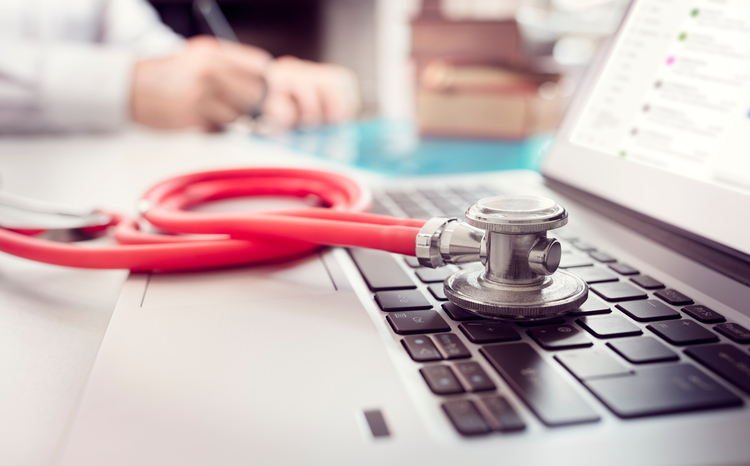OLPC has potential for health
- 9 January 2009
Computers provided to children in developing countries as part of the One Laptop One Child initiative could also be used to deliver health education and healthcare, according to a new report.
Researchers from the National Library of Medicine in the US looked at how the laptops could be used in medical settings and concluded that they could be a shared community resource for education and health. “One laptop per child equals one laptop per clinic,” they report.
The analysis, published in the BMJ [registration required], looked at how well the XO computers worked for a variety of health-related uses. Nearly 400,000 children have so far been delivered to children and teachers in 20 countries with the aim of boosting educational opportunities for some of the world’s poorest children. Another quarter of a million computers are on order.
The researchers say: “If this ambitious programme even partially succeeds then many regions of the world with poor resources but high health needs will have access to these computers. Given the computer’s functionality, we wondered whether some of the benefits could be extended to health care.”
The report says the XO is a child-sized laptop which is rugged, inexpensive and energy efficient. It uses a solid-state disk rather than a hard disk, an energy efficient LCD colour screen that is readable even under bright direct sunlight, and works as a standalone computer or can be connected wirelessly to other XOs or to a school server. Wireless connectivity is provided through wi-fi.
The researchers found the default web browser to be the most useful application because it enabled them to access PubMed for Handhelds and BabelMeSH, a multi-language search portal for PubMed. They could also access web mail applications such as Gmail and were able to “chat” with colleagues in other countries which they thought would be useful for discussing consultations.
In addition they found that the XO would allow collaboration through blogs and other social networking sites and could also be used to share lecture slides if converted to pdf.
The researchers installed open source electronic medical records software to simulate an internal network in a health facility and found that this also worked well on XO.
The laptops have a built-in camera and email to enable digital images to be taken and shared for telemedicine and the researchers said images of challenging or unusual cases could be shared with colleagues in developed countries.
The researchers also looked at potential public health uses and found they could successfully access EpiSpider, a website on global outbreaks of infectious diseases.
The researchers said improvements to the XO operating system and applications were continuing and one improvement on their wish list would be access to remote videoconferencing for remote consultations and distance education.
The researchers add: “Perhaps, user groups in developed countries can create collaborative partnerships with those in developing countries and share experiences and solutions to challenges. Online learning forums and learning communities directed towards XO health and medicine communities could be developed as well.”




